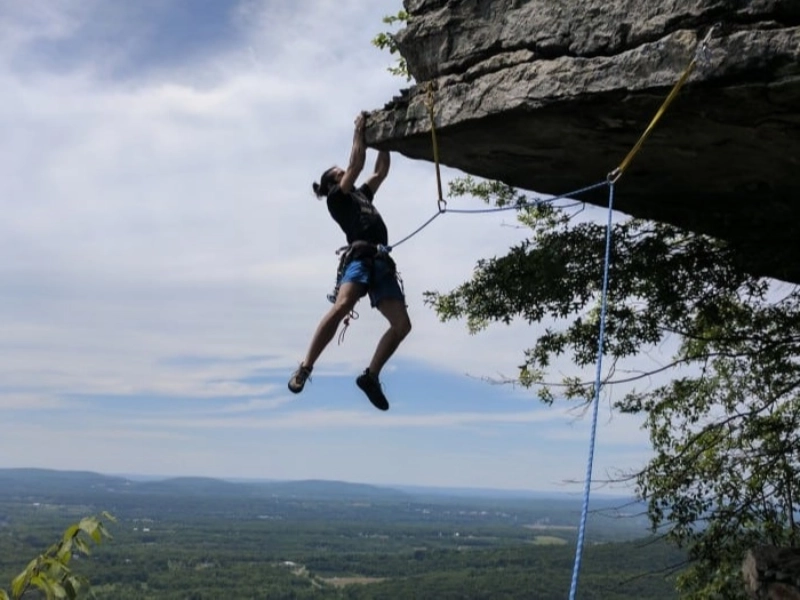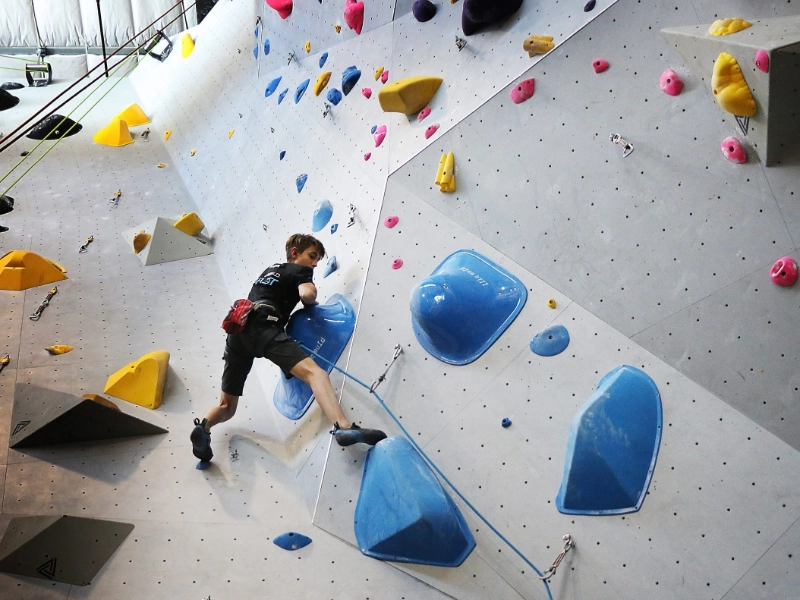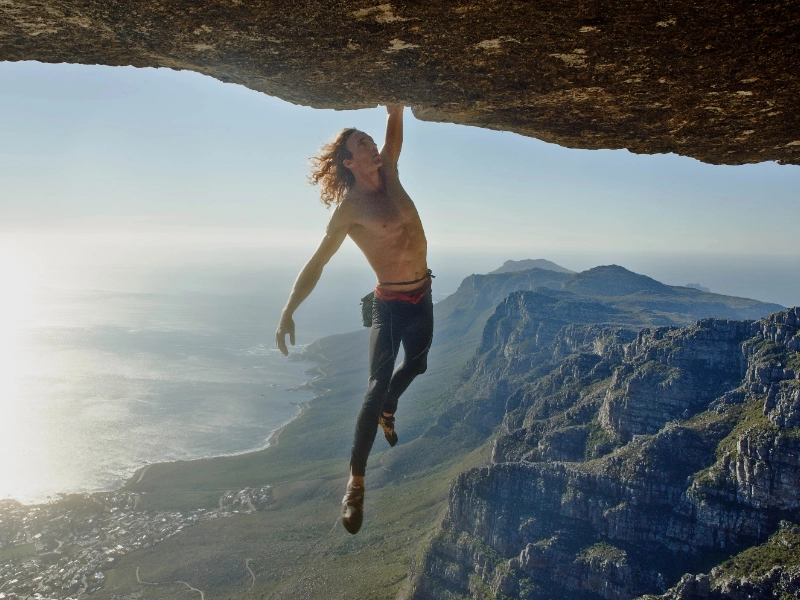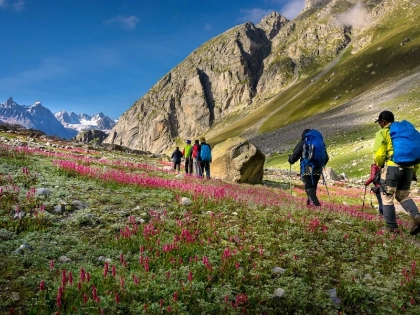Rock Climbing - How Do Rock Climbers Not Fall?
The rope passes through the strongest piece of protection—permanent bolts or conventional gear—when a climber falls. This can land with a light thud or a deadly free fall. You must be able to speak the climbing orders, belay safely, be well-prepared with the right gear and knowledge, and be able to face a climbing route with assurance.
Trad Ascenting

Athletic Climbing
 Rock climbing has grown to be one of the most well-liked pastimes, and for good reason. It's an incredible, enjoyable, and thrilling activity that calls for a rare blend of mental acuity, physical stamina, and specialised gear to prevent climbers from going over the rock face.
Sport climbers place wedge-shaped metal bits, referred to as "protection," into rock fissures in order to stay safe on a cliff face. Though falling is still highly perilous, the protection jams into the crack to prevent the climber from striking the ground when they fall.
Additionally, climbers attach themselves to a rope that a person known as a "belayer" on the ground is holding. This person is in charge of manually braking any falls with a belay device and feeding slack into the climber's harness. Lastly, to protect their heads, climbers don helmets. This is a crucial safety measure since a hit to the head from falling pebbles or other debris can be quite dangerous.
Rock climbing has grown to be one of the most well-liked pastimes, and for good reason. It's an incredible, enjoyable, and thrilling activity that calls for a rare blend of mental acuity, physical stamina, and specialised gear to prevent climbers from going over the rock face.
Sport climbers place wedge-shaped metal bits, referred to as "protection," into rock fissures in order to stay safe on a cliff face. Though falling is still highly perilous, the protection jams into the crack to prevent the climber from striking the ground when they fall.
Additionally, climbers attach themselves to a rope that a person known as a "belayer" on the ground is holding. This person is in charge of manually braking any falls with a belay device and feeding slack into the climber's harness. Lastly, to protect their heads, climbers don helmets. This is a crucial safety measure since a hit to the head from falling pebbles or other debris can be quite dangerous.
Unrestricted Ascent
 Free climbers place wedge-shaped metal bits, known as "protection," into crevices in the rock. In order to protect themselves from falling and hitting the ground or a nearby ledge, they clip a rope between these and tie themselves into the rope. This calls for a high level of competence because the climber needs to be able to find the right footholds and handholds and balance in awkward places.
In certain cases, fixed anchors hammered into the rock will help climbers aid in their ascent because the routes are too dangerous or steep to be free climbed. These are called 'bolts', and the climber uses a device called a quickdraw (two carabiners linked by robust nylon webbing) to connect their rope into each one as they approach it.
A key component of a lead climber's skill set is the utilisation of bolts and other aids. This can make long multi-pitch routes practical and allow the climber to avoid portions of the route that would be hard to free climb.
Free climbers place wedge-shaped metal bits, known as "protection," into crevices in the rock. In order to protect themselves from falling and hitting the ground or a nearby ledge, they clip a rope between these and tie themselves into the rope. This calls for a high level of competence because the climber needs to be able to find the right footholds and handholds and balance in awkward places.
In certain cases, fixed anchors hammered into the rock will help climbers aid in their ascent because the routes are too dangerous or steep to be free climbed. These are called 'bolts', and the climber uses a device called a quickdraw (two carabiners linked by robust nylon webbing) to connect their rope into each one as they approach it.
A key component of a lead climber's skill set is the utilisation of bolts and other aids. This can make long multi-pitch routes practical and allow the climber to avoid portions of the route that would be hard to free climb.
Lead Ascenting
 Climbers can ascend routes on lead climbing, a more technical variation of rock climbing, without the assistance of a belay partner. Compared to top-roping, it demands more strength, stamina, and technical proficiency.
Lead climbers insert wedge-shaped metal pieces—often referred to as "protection"—into rock fissures to prevent themselves from falling too far and then clip the rope into those devices. The protective gear will prevent the climber from hitting the ground and perhaps injuring or killing someone when they fall.
Lead climbers have to keep a close eye on their rope to make sure it is in the right place as they ascend. Instead of running behind the climber's heels or calves, as many unskilled lead climbers do, it should always be in front of their feet and between their legs. Additionally, they have to coordinate with their belayer to make sure they can shorten their fall by wearing safety gear and quickly lowering themselves when necessary.
Climbers can ascend routes on lead climbing, a more technical variation of rock climbing, without the assistance of a belay partner. Compared to top-roping, it demands more strength, stamina, and technical proficiency.
Lead climbers insert wedge-shaped metal pieces—often referred to as "protection"—into rock fissures to prevent themselves from falling too far and then clip the rope into those devices. The protective gear will prevent the climber from hitting the ground and perhaps injuring or killing someone when they fall.
Lead climbers have to keep a close eye on their rope to make sure it is in the right place as they ascend. Instead of running behind the climber's heels or calves, as many unskilled lead climbers do, it should always be in front of their feet and between their legs. Additionally, they have to coordinate with their belayer to make sure they can shorten their fall by wearing safety gear and quickly lowering themselves when necessary.










